Reviving the Sycamore Gap: An Artist’s Tribute
In September 2023, a stormy night turned into a scandal as two individuals attempted to cut down a single tree, believing it would be humorous. However, their actions sparked outrage across the nation. “It was just a tree,” one of the men claimed after being convicted and now facing a potential ten-year prison sentence this July. The gravity of their crime was likened to murder by locals, emphasizing the tree’s significance.
The Sycamore Gap tree, which had thrived for 150 years in Northumberland, represented much more than just a tree to countless visitors. Standing tall along Hadrian’s Wall, it was a landmark for hikers, offering shade and shelter, and a symbolic space for remembrance and celebration. Its loss has resonated with many as a profound act of desecration.
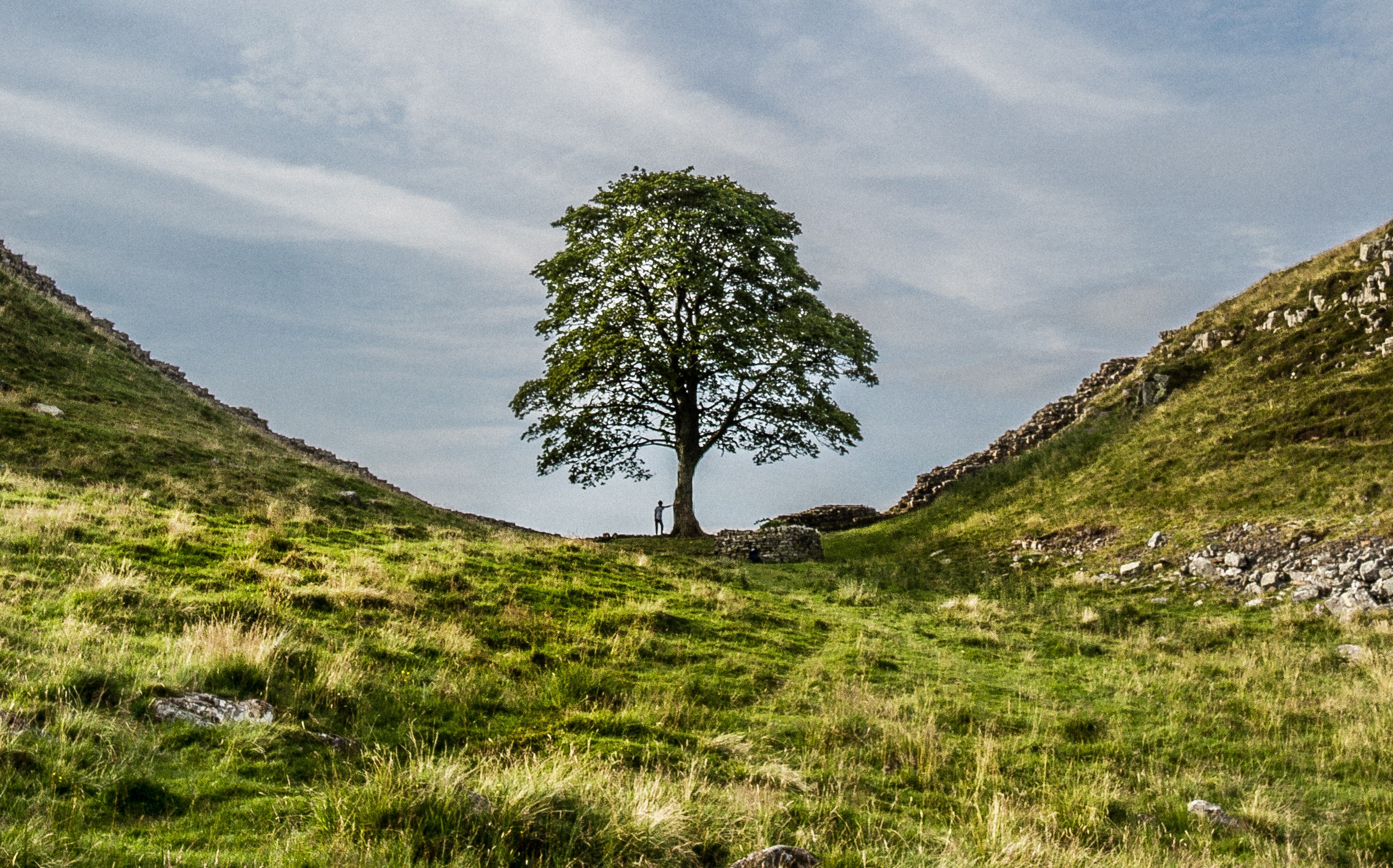
Trees deeply intertwine with our lives, their roots reflecting our memories and emotions. The recent felling of a 500-year-old oak tree in north London, cut down by a pub chain for health and safety reasons, further illustrates this loss. An emergency preservation order has been placed on the remains of this oak, as experts explore means for its potential regrowth. Oaks, some of the oldest living organisms, play vital ecological roles while also embodying cultural heritage comparable to medieval castles and ancient texts.
At the Garden Museum in London, the significance of such trees is the focal point of “Lost Trees,” an exhibition featuring artist Nancy Cadogan’s work. The show includes 18 paintings celebrating trees that once adorned our landscapes but have now vanished. “I aimed to emphasize their importance, to recognize their histories, and the emotional connections we forge with them,” Cadogan explains during our meeting at her studio in Westminster.
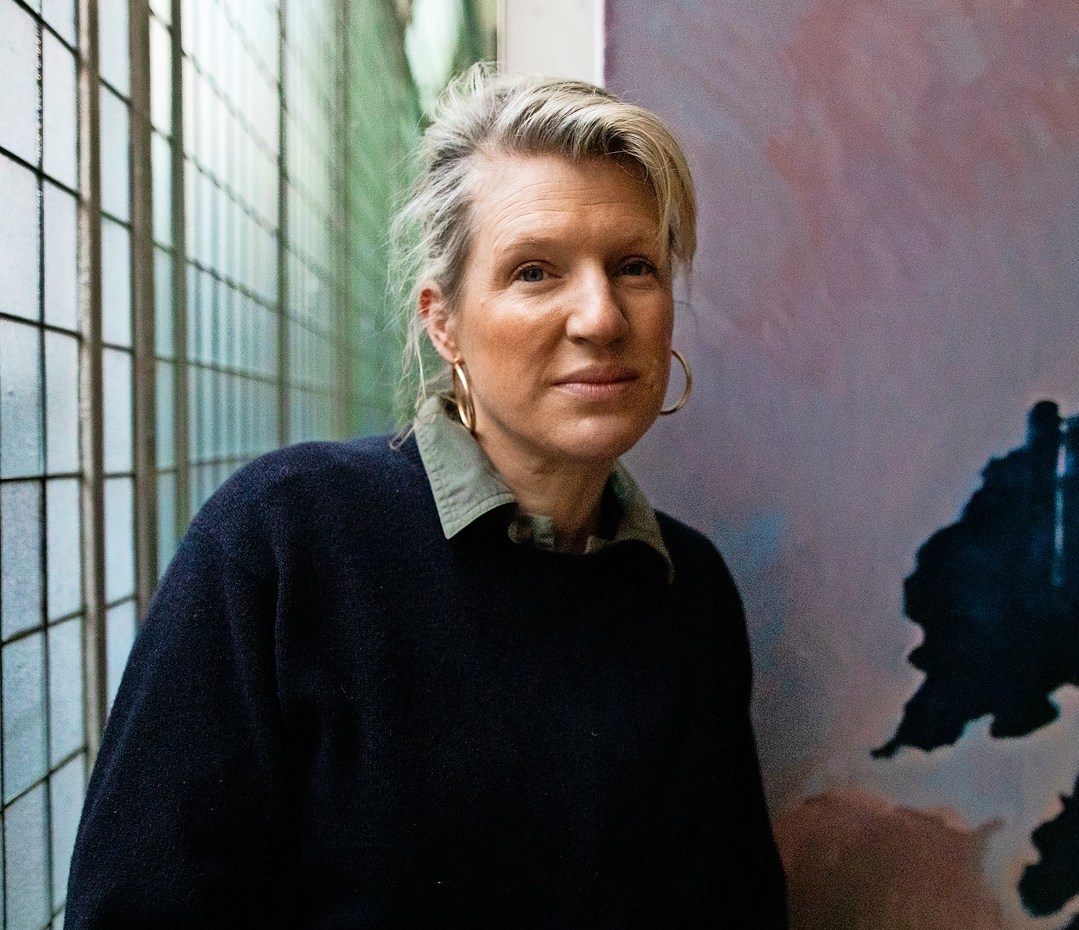
Cadogan’s Lost Trees project originated three years ago with the construction of the HS2 railway line, which has drastically reshaped the rural surroundings of her hometown in Oxfordshire. She has witnessed the removal of thousands of trees while maintaining a nuanced perspective on the issues surrounding tree felling. “It’s a complex situation. The people tasked with cutting them down are often trained arborists who find the work disheartening,” she remarks.
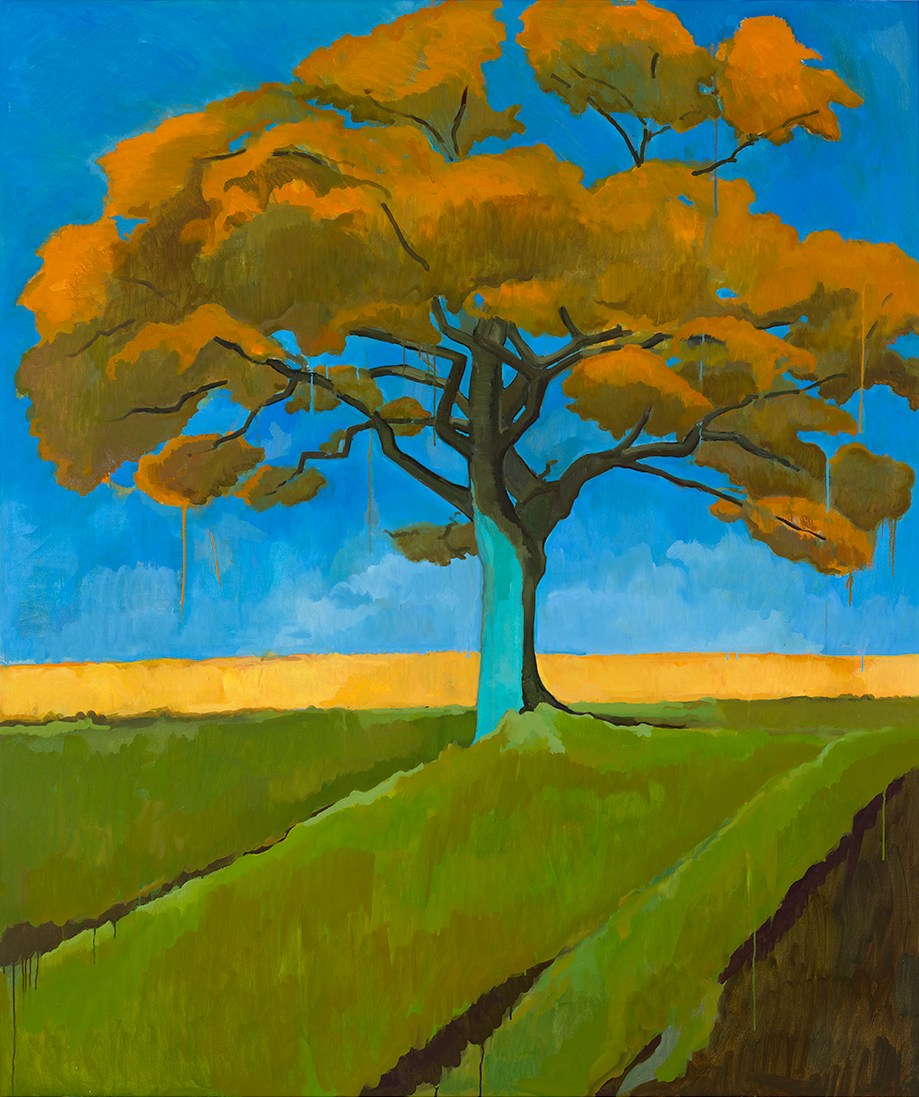
A social media post from a neighbor highlighted the personal loss felt after the local oak tree—significant to many, especially after the woman’s husband passed—was cut down. The devastation of the landscape echoed her grief, with the now-fallen tree symbolizing her profound personal turmoil. The neighbor wrote, “The construction of HS2 rendered the land unrecognizable and bewildering, and with my husband’s death, I too lost my way.”
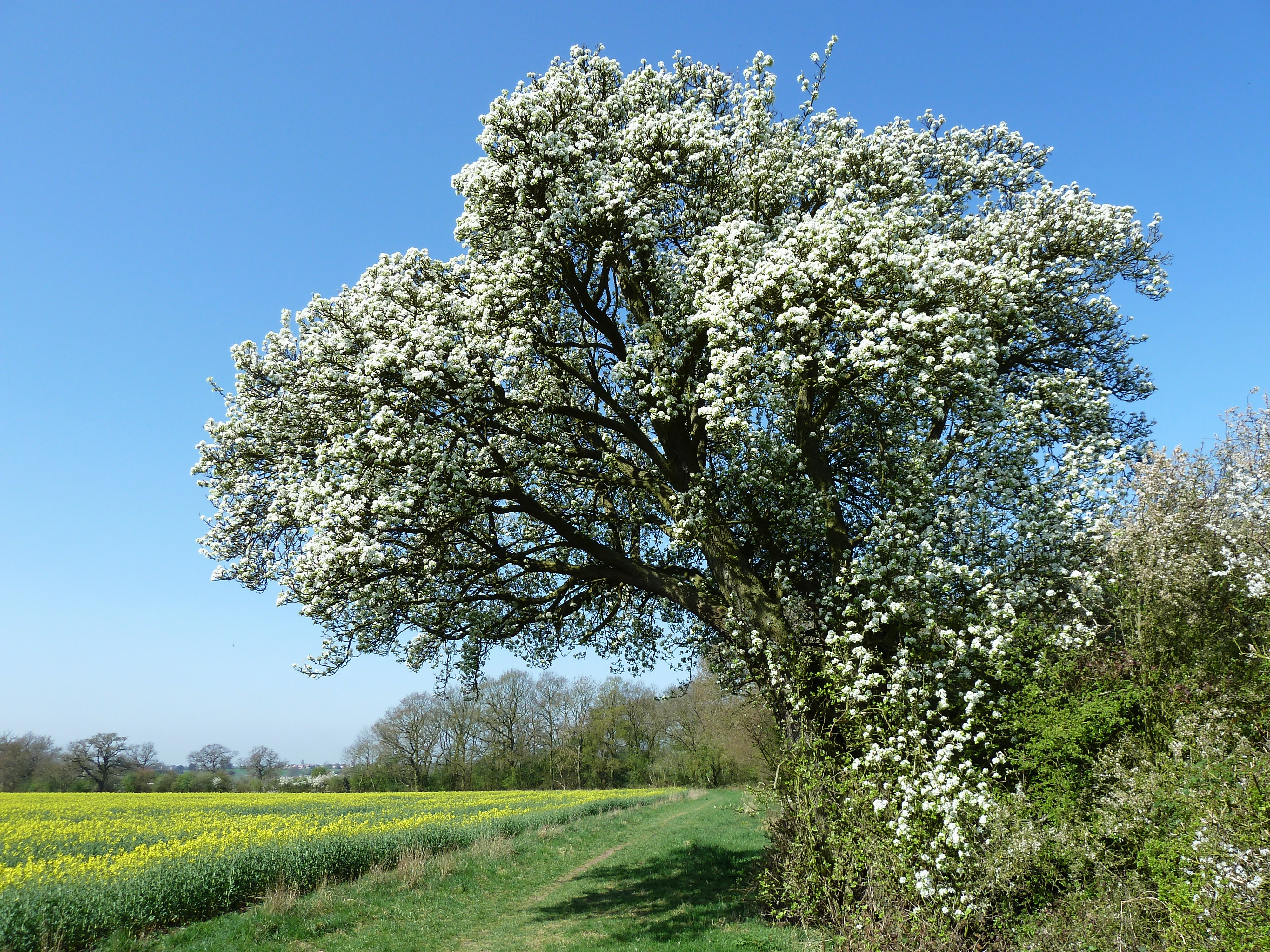
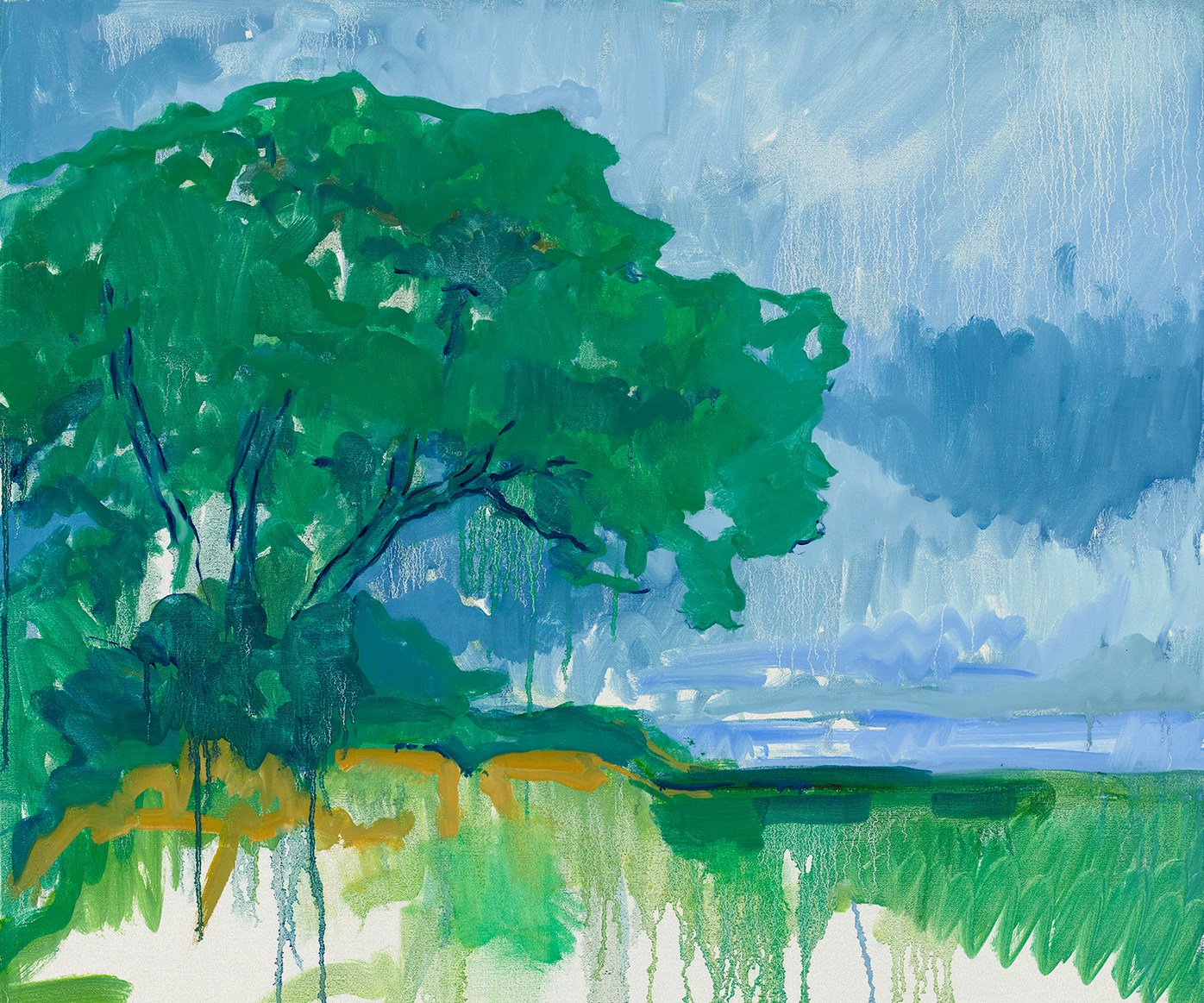
Cadogan aims to reflect these connections through her art. Each painting serves as a portrait rather than a landscape, representing the individuality of each tree. Drawing on photographs due to the absence of her subjects, her artistic technique has evolved to be more intuitive and expressive, producing images that honor the memory of these lost trees.
This exhibition not only highlights HS2’s impact but also includes other notable ‘lost trees’: the beloved Cubbington pear in Warwickshire, a century-and-a-half-old plane tree in Hackney known as the Happy Man, and the legendary Glastonbury thorn linked to Joseph of Arimathea, which was felled under mysterious circumstances.
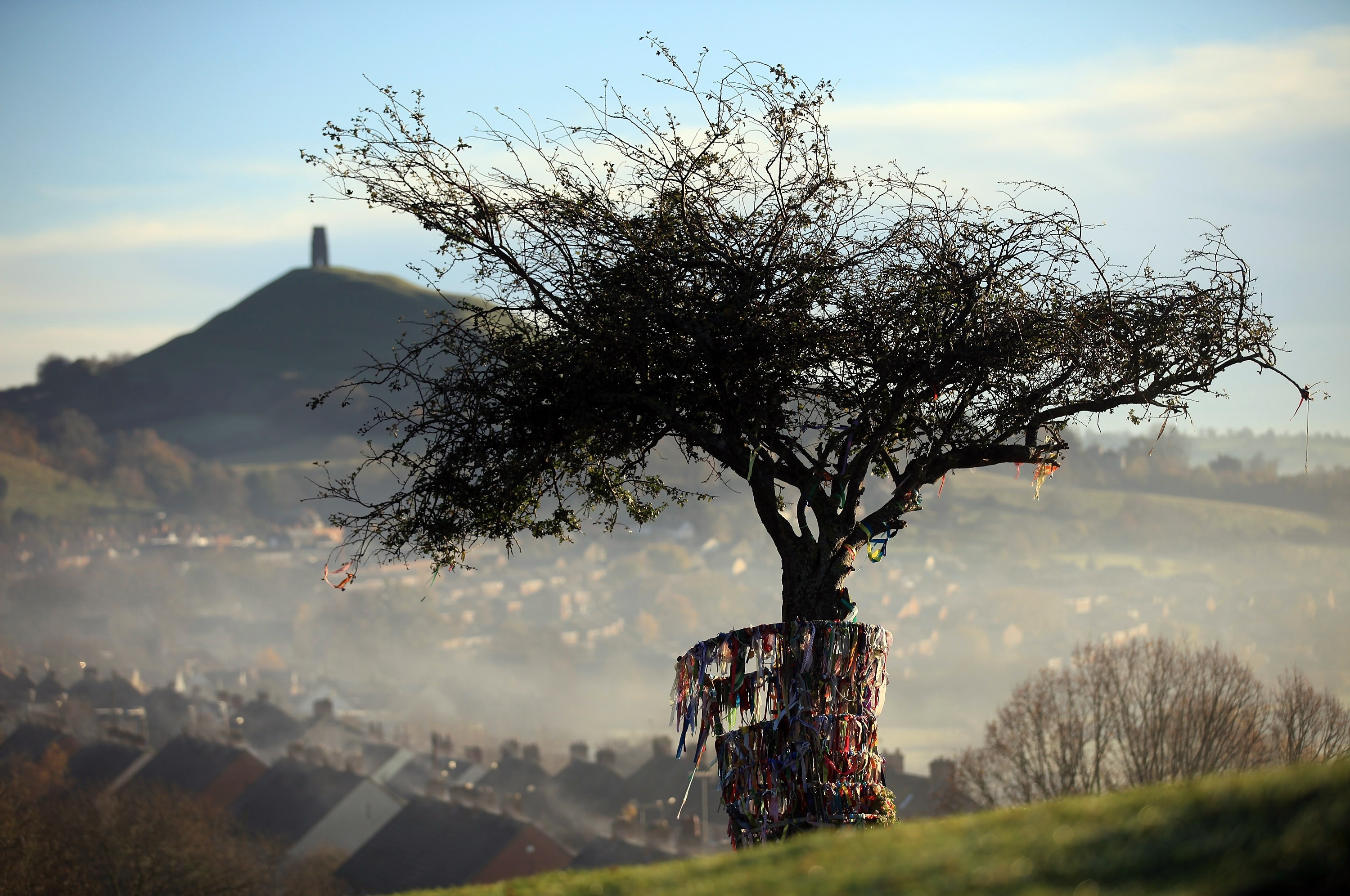
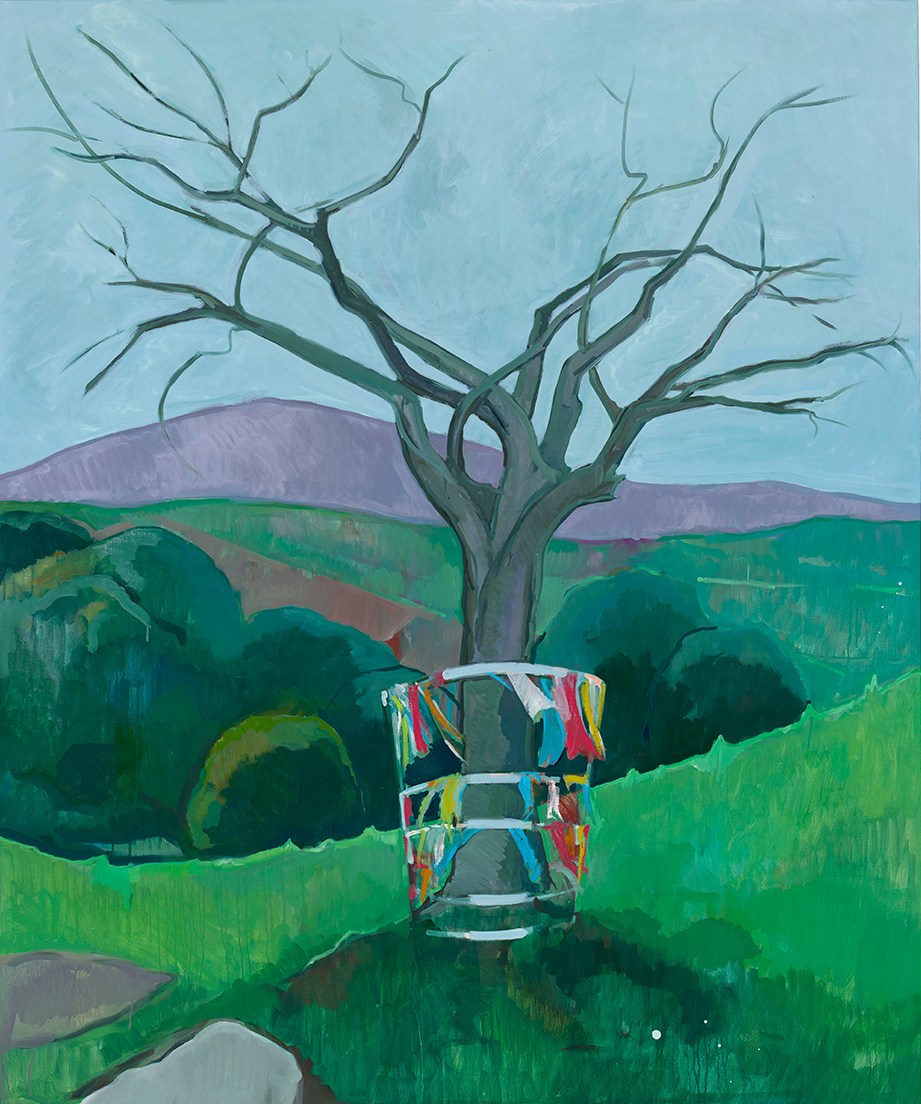
As author Katherine Rundell notes, “We have so much to lose and so many ways to lose it.” Cadogan reiterates the dual nature of trees, indicating that their significance transcends ownership, rooted instead in shared experiences and collective memories. However, such sentiment often goes unrecognized in discussions about tree removals.
Trees are deeply woven into human history, from the Ankerwycke Yew, under which the Magna Carta was sealed, to the renowned apple tree at Woolsthorpe Manor linked to Isaac Newton’s revelations. Cadogan advocates for these connections, stating, “Trees have nurtured our emotions and memories. I hope my paintings facilitate that connection further.”
Cadogan expresses her desire to expand her project, exploring how trees enhance our lives across Britain. As she concludes, “In the long run, it is indeed the trees that will save the day,” echoing the sentiments of renowned author J.R.R. Tolkien.
Exhibition Dates: June 10 to July 20.
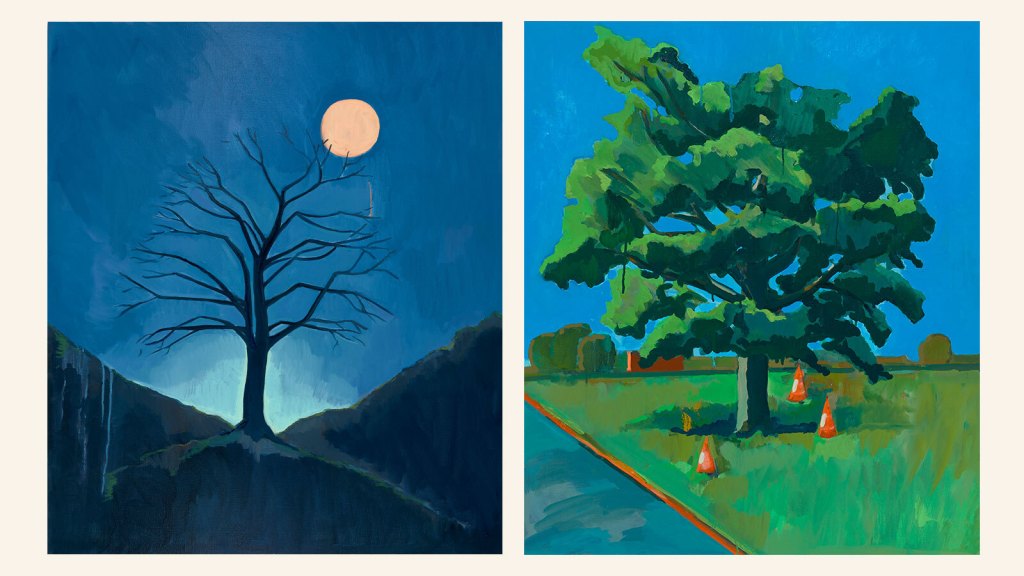

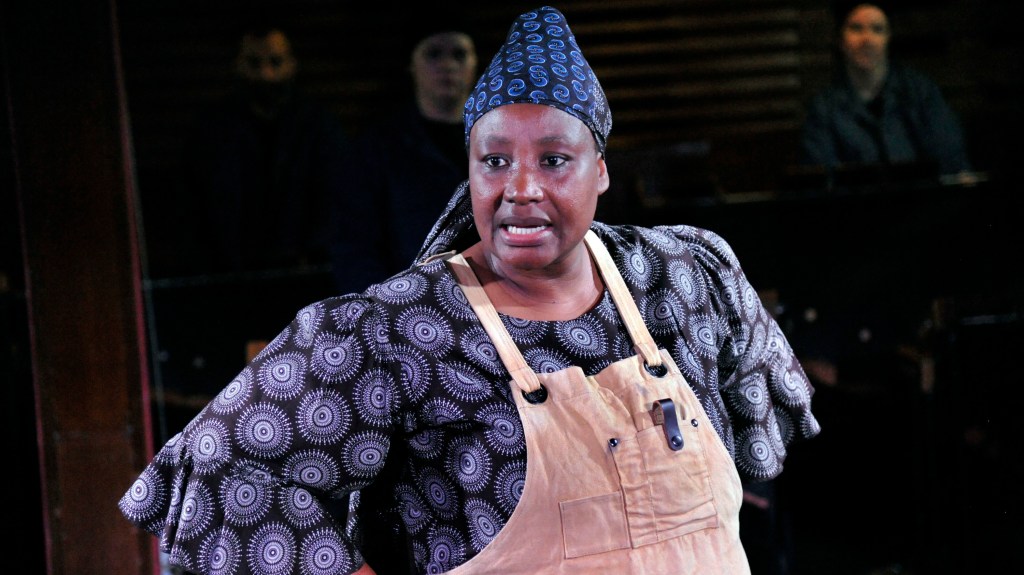
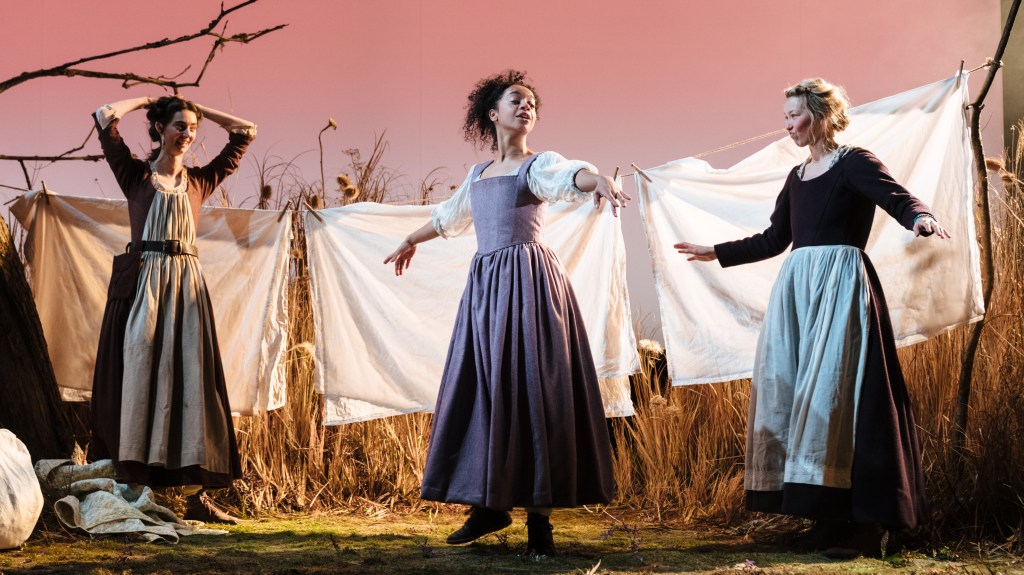
Post Comment